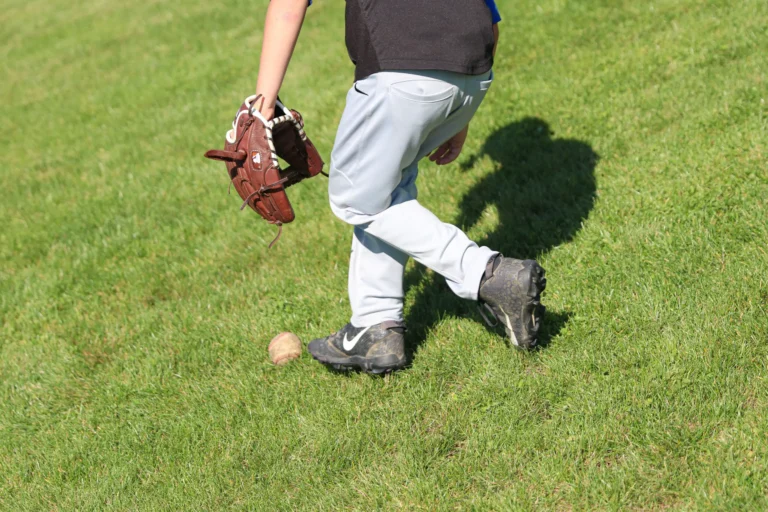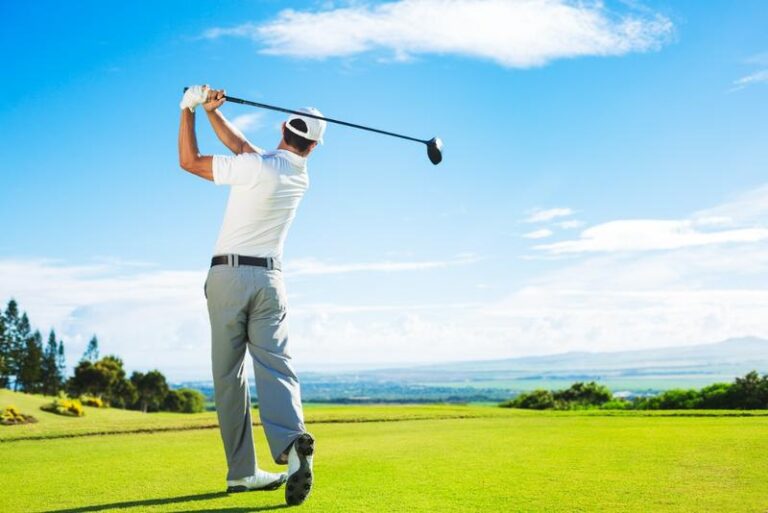Is Snowboarding Like Skateboarding: Discover the Thrilling Similarities
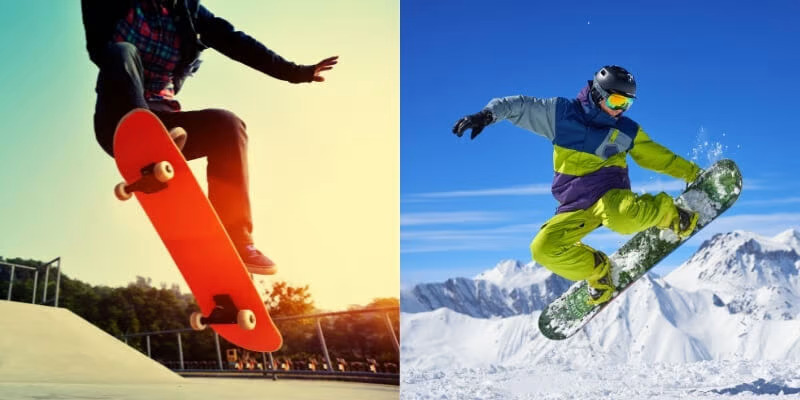
Snowboarding is similar to skateboarding in some ways, but they do have distinct differences. Both sports involve riding a board, but snowboarding is done on snow-covered slopes, while skateboarding is typically done on concrete surfaces.
While snowboarding and skateboarding share some similarities in terms of board control and balance, the techniques and terrain are unique to each sport. Snowboarding enthusiasts find excitement in gliding down snow-covered mountains, while skateboarders enjoy the freedom and creativity of performing tricks on ramps and rails.
Both sports require skill, practice, and determination, but each offers a unique experience for riders. Whether carving fresh powder or perfecting kickflips, snowboarding and skateboarding provide their own thrills and challenges for athletes to enjoy.
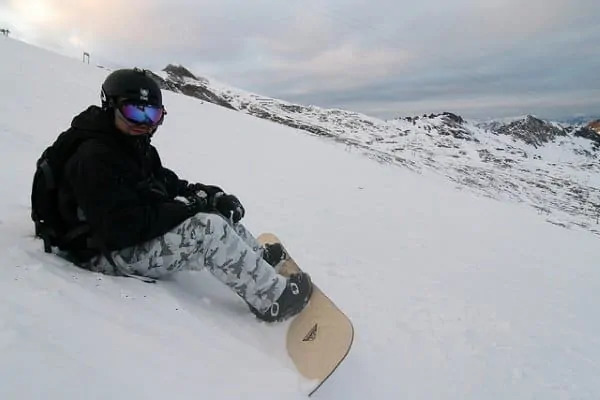
HISTORY OF SNOWBOARDING AND SKATEBOARDING
When it comes to the history of snowboarding and skateboarding, it’s fascinating to delve into the origins of these popular action sports. Both snowboarding and skateboarding have deeply intertwined histories, with their roots dating back to the mid-20th century. Exploring the origins of these sports sheds light on their evolution and the cultural impact they have made.
ORIGINS OF SNOWBOARDING
The origins of snowboarding can be traced back to the 1920s when individuals started using boards to slide down snowy hills for fun. As time passed, snowboarding as a distinct sport began to take shape in the 1960s and 1970s. It gained significant momentum when Sherman Poppen created the first mass-produced snowboard, ‘The Snurfer,’ in 1965. This early form of a snowboard resembled a wooden board with a rope attached to the front, and it paved the way for the development of modern snowboarding.
ORIGINS OF SKATEBOARDING
Similar to snowboarding, skateboarding also has its roots in the mid-20th century. The 1950s witnessed the emergence of skateboarding when surfers in California sought a way to replicate the feeling of surfing when the waves were not suitable for riding. By attaching roller skate wheels to a board, they created the first skateboard. Skateboarding gained popularity in the 1970s with the advent of polyurethane wheels and the establishment of the first skateboard parks. The sport continued to evolve and eventually became a global phenomenon.
EQUIPMENT AND GEAR
SNOWBOARDING GEAR
In snowboarding, the gear includes a snowboard, boots, bindings, a helmet, goggles, gloves, and layers of warm clothing.
SKATEBOARDING GEAR
The skateboarding gear consists of a skateboard deck, trucks, wheels, bearings, grip tape, helmet, knee and elbow pads.
Snowboarding gear: snowboard, boots, bindings, helmet, goggles, gloves, clothing layers. – Skateboarding gear: skateboard deck, trucks, wheels, bearings, grip tape, helmet, knee and elbow pads.
TECHNIQUES AND SKILLS
Snowboarding and skateboarding share similarities in techniques and key differences in skills. Let’s explore how these two exhilarating activities are interconnected yet distinct in their required abilities.
SIMILARITIES IN TECHNIQUES
- Both sports involve balance and coordination on a board
- Executing turns and tricks by shifting body weight is crucial
- Mastering the art of controlling speed and direction
KEY DIFFERENCES IN SKILLS
- Snowboarding relies on navigating varied terrain and snow conditions
- Skateboarding involves more precision and technical tricks
- Snowboarders need to adapt to changing mountain environments
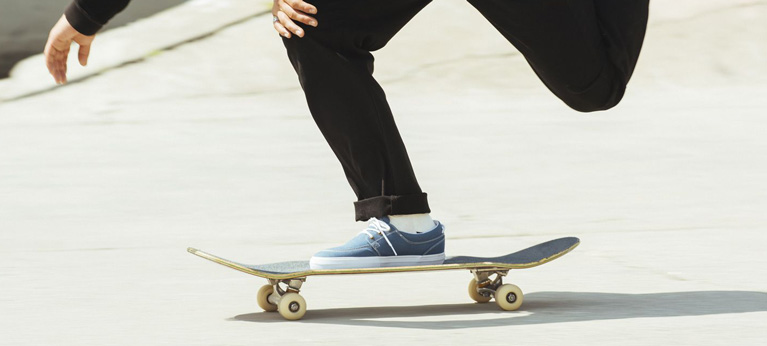
POPULARITY AND CULTURE
Exploring the popularity and cultural impact of snowboarding and skateboarding unveils significant connections between these two exhilarating sports. Their global popularity, as well as their influence on youth culture, reflects their enduring appeal and widespread impact on enthusiasts worldwide.
GLOBAL POPULARITY
Both snowboarding and skateboarding have gained immense popularity across the globe, transcending geographical boundaries to become integral components of the extreme sports culture. As adrenaline-fueled activities, these sports have carved a niche worldwide, attracting a diverse array of enthusiasts seeking thrilling experiences amid breathtaking natural landscapes or urban settings.
INFLUENCE ON YOUTH CULTURE
The influence of snowboarding and skateboarding on youth culture cannot be overstated. These sports have permeated various aspects of contemporary youth culture, shaping fashion, music, and art. Their rebellious and anti-establishment ethos resonates with the younger generation, fostering a sense of freedom and expression that transcends traditional norms and boundaries.
HEALTH BENEFITS AND RISKS
Snowboarding and skateboarding are both exhilarating sports that provide a range of health benefits, as well as certain risks. Engaging in these activities can significantly impact your physical well-being, both positively and negatively. In this section, we will explore the various health benefits and potential injuries associated with snowboarding and skateboarding.
PHYSICAL BENEFITS
Both snowboarding and skateboarding offer numerous physical benefits that contribute to an overall fit and healthy lifestyle. Here are some of the advantages:
- Improved cardiovascular fitness and endurance
- Enhanced strength and muscle tone, particularly in the lower body
- Increased flexibility and balance
- Improved coordination and motor skills
- Calorie burning, aiding in weight management
- Boosted immune system
POTENTIAL INJURIES
While there are numerous positive effects on physical health, it is important to acknowledge the potential risks and injuries associated with snowboarding and skateboarding. It is crucial to prioritize safety and take necessary precautions to minimize these risks. Here are some common injuries linked to these sports:
- Fractures and bone breaks
- Sprains and strains
- Head injuries, including concussions
- Wrist and ankle injuries
- Dislocations
- Contusions and abrasions
However, with proper training, protective gear, and adherence to safety guidelines, the risk of injury can be significantly reduced.
FREQUENTLY ASKED QUESTIONS FOR (IS SNOWBOARDING LIKE SKATEBOARDING)
IS SNOWBOARDING SIMILAR TO SKATEBOARDING?
Snowboarding and skateboarding share similarities in terms of balance and techniques, but they also have distinct differences in equipment and terrain.
CAN YOU USE SKATEBOARD SKILLS FOR SNOWBOARDING?
While skateboarding skills like balance and board control can be transferable, snowboarding involves additional techniques to navigate various snow conditions.
ARE SNOWBOARDING AND SKATEBOARDING THE SAME SPORT?
Snowboarding and skateboarding are considered different sports due to their unique equipment, terrain, and distinct techniques required to participate in each activity.
ARE THERE ANY ADVANTAGES TO SNOWBOARDING COMPARED TO SKATEBOARDING?
Snowboarding allows for greater speed, a larger range of movement on slopes, and the ability to navigate various terrains, making it a thrilling alternative to skateboarding.
CONCLUSION
It’s clear that snowboarding and skateboarding share some similarities, from the techniques and gear to the overall adrenaline rush. Both sports require balance, precision, and a love for the outdoors. Whether you prefer the snowy slopes or the concrete skateparks, these activities offer thrilling experiences for all adventure-seeking riders.



